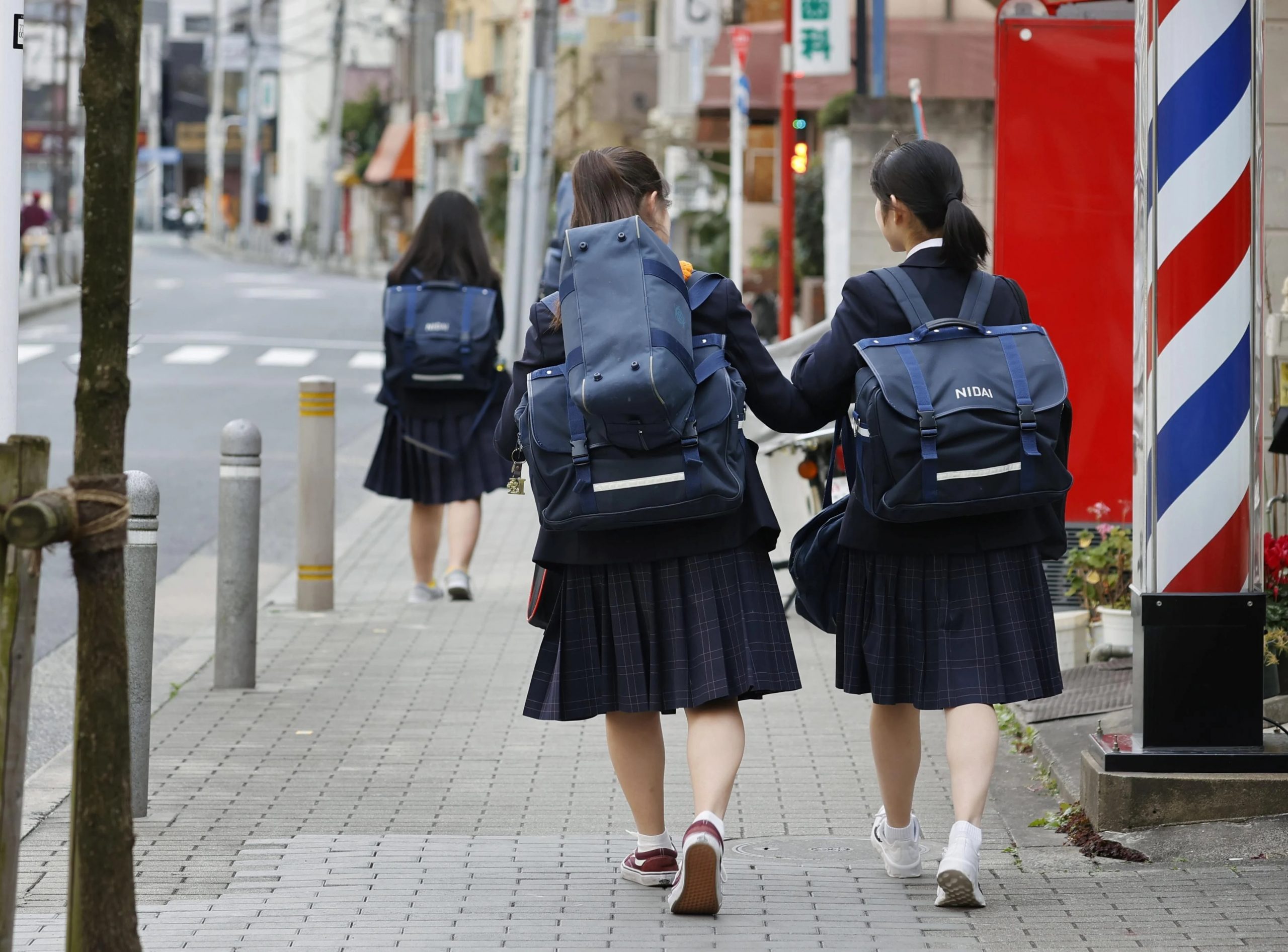Survey Reveals that Many Young People in Japan are Experiencing Loneliness and Isolation

One consequence of the pandemic that was completely unrelated to the virus itself was the feeling of isolation produced by quarantining. Working from home, avoiding large crowds, and keeping vulnerable family members safe by staying home resulted in a lot of loneliness and stress that no one knew how to combat. And though many of the social distancing requirements have been lifted now, things still haven’t quite gone back to “normal” for a lot of people, and that loneliness hasn’t quite subsided.
That snapshot of society has been gleaned from the results of a government survey investigating the state of loneliness and isolation of people in Japan, which was conducted between December and January. The responses of 11,867 men and women aged 16 and up from around the country revealed that many people in Japan frequently or always feel isolated these days, especially young people.
The survey asked participants, “How often do you feel like you are lonely?”, giving them the option of answering “Never”, “Almost Never”, “Rarely”, “Sometimes”, and “Frequently or Always”. As much as 4.5 percent of respondents answered, “Frequently or Always”, with another 14.5 percent answering “Sometimes”, indicating that an unsettling amount of people still feel loneliness and isolation.
However, people in their 20s and 30s were the group most likely to feel lonely. 7.9 percent of people in their 30s and 7.7 percent of people in their 20s answered: “Frequently or Always.” By comparison, the older the participants became, the lower the percentage of those who reported frequently feeling lonely: 5.6 percent of people in their 40s, 4.9 percent of those in their 50s, 3.3 percent in their 60s, and 1.8 percent of those in their 70s reported frequent or regular loneliness.
The frequency of lonely feelings appeared to be spread nearly equally between men and women when looking at the population as a whole. 4.9 percent of men and 4.1 percent of women reported regular loneliness. However, among people in their 20s and 30s, more men than women seemed to be lonely (8.1 and 8.3 percent for men, respectively, compared to 6.2 and 7.3 percent of women). As you might expect, those who were single or divorced and living alone reported the most feelings of loneliness.
Many of the respondents who reported frequent loneliness were also those who were currently unemployed or in temporary employment, and many reported that their physical and mental health was poor. Household income also seemed to be a factor in the frequency of loneliness, as low-income individuals tended to feel lonely more frequently.
The survey also asked participants to rate their level of interaction with others, and a high proportion of respondents reported very little interaction, both directly and through communication tools. Of those who live separately from friends and family, 11.7 percent said that they have no direct communication with them at all. This has obviously been worsened by the pandemic. 67.6 percent said that the frequency with which they directly interact and communicate with people has decreased.
The results are somewhat surprising because loneliness and isolation are often thought to be problems primarily concerning the elderly, but according to the results of this survey, that appears not to be the case. Unfortunately, this doesn’t paint a promising picture, because although suicide rates decreased somewhat at the beginning of the pandemic, suicide is still the leading cause of death among young people in Japan, and loneliness is sure to be a major factor. We can only hope that the pandemic hasn’t resulted in permanent isolation among younger people, and that, as things improve, more and more will begin to search for and make those connections again.
























